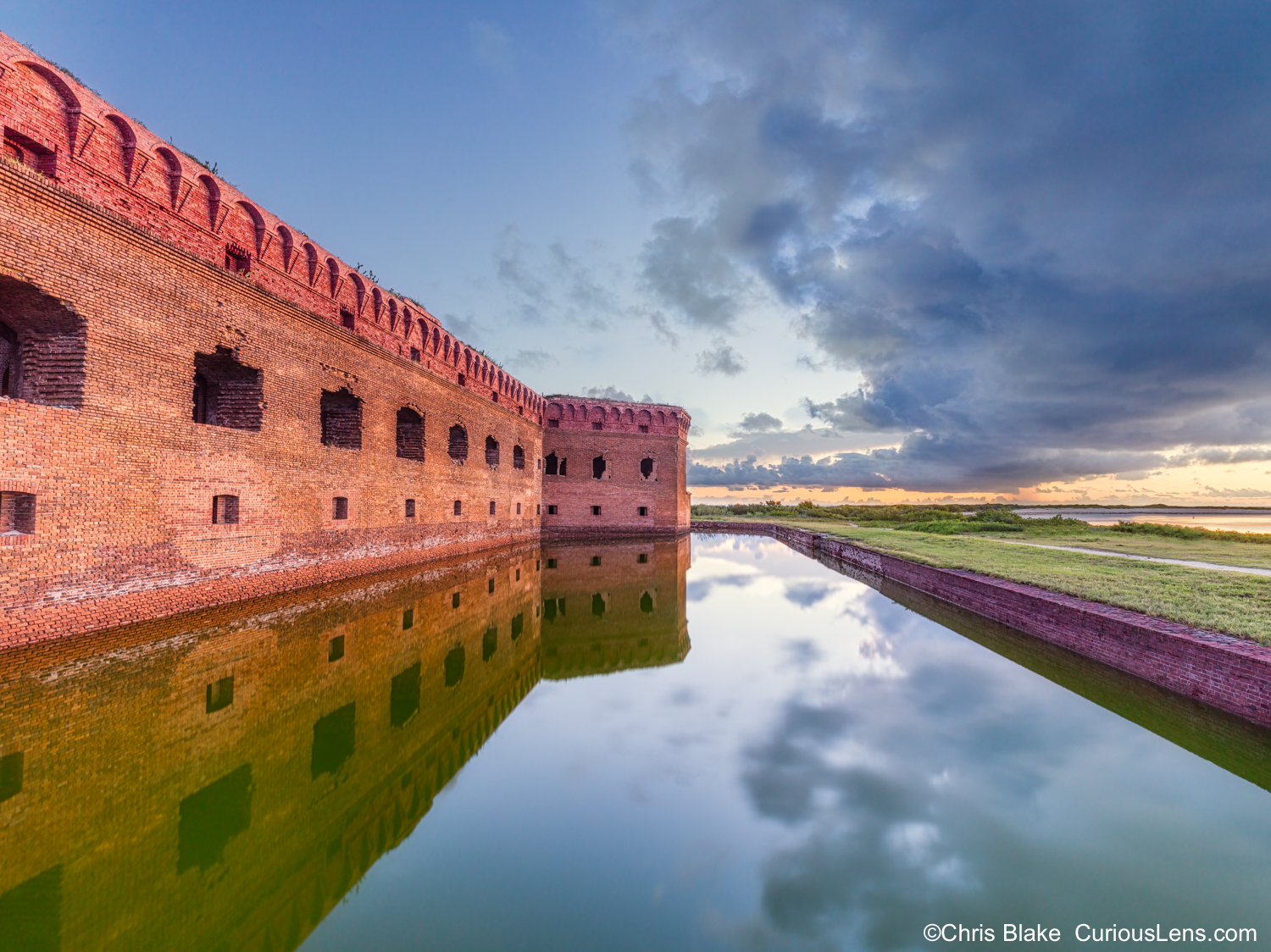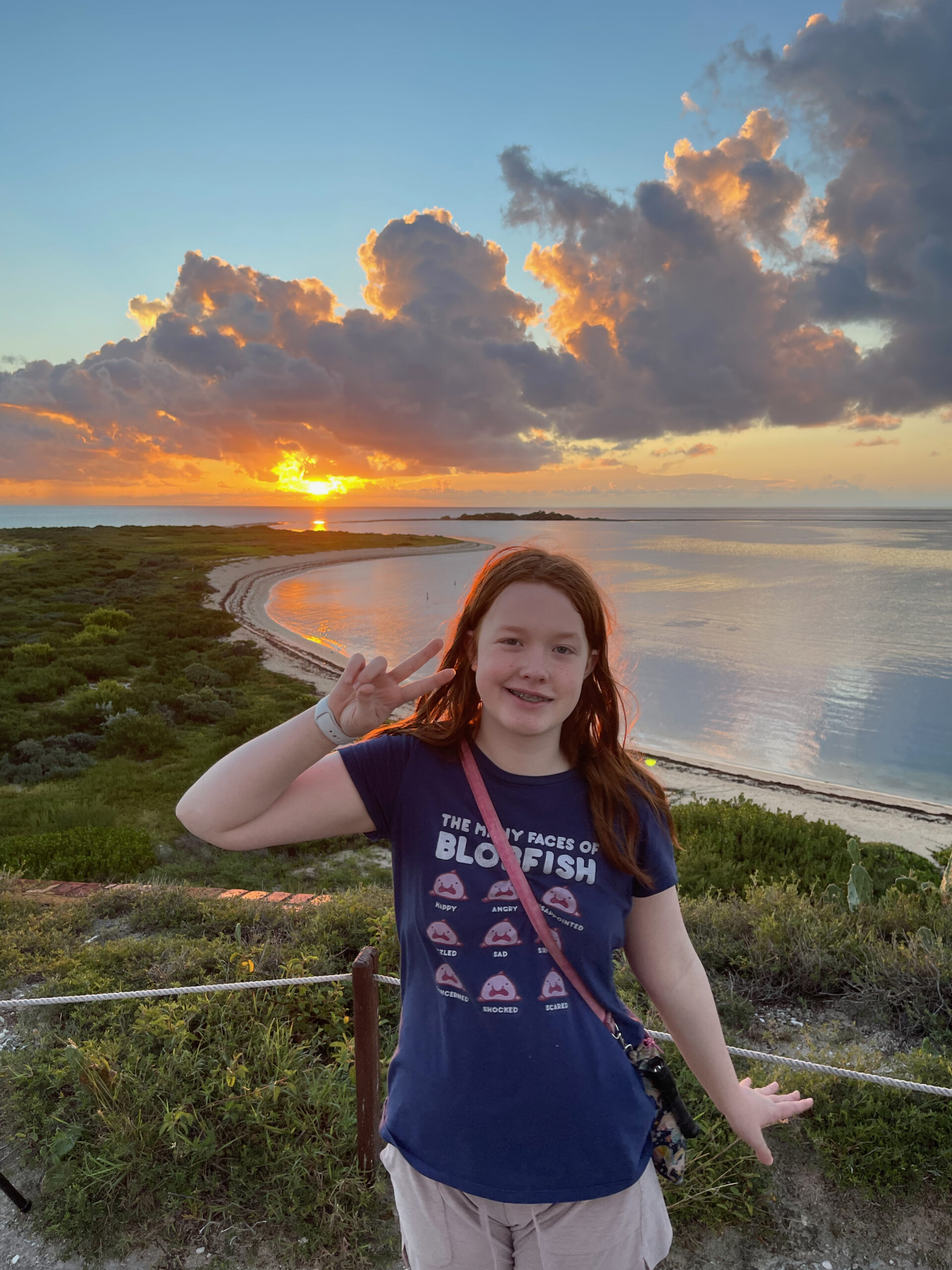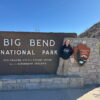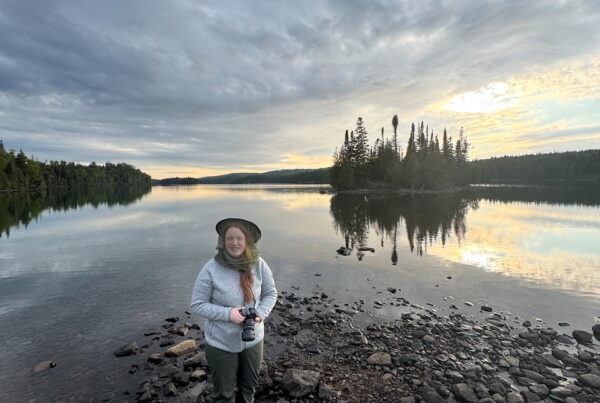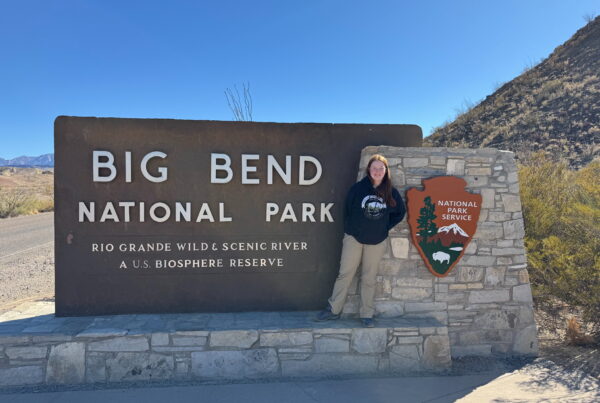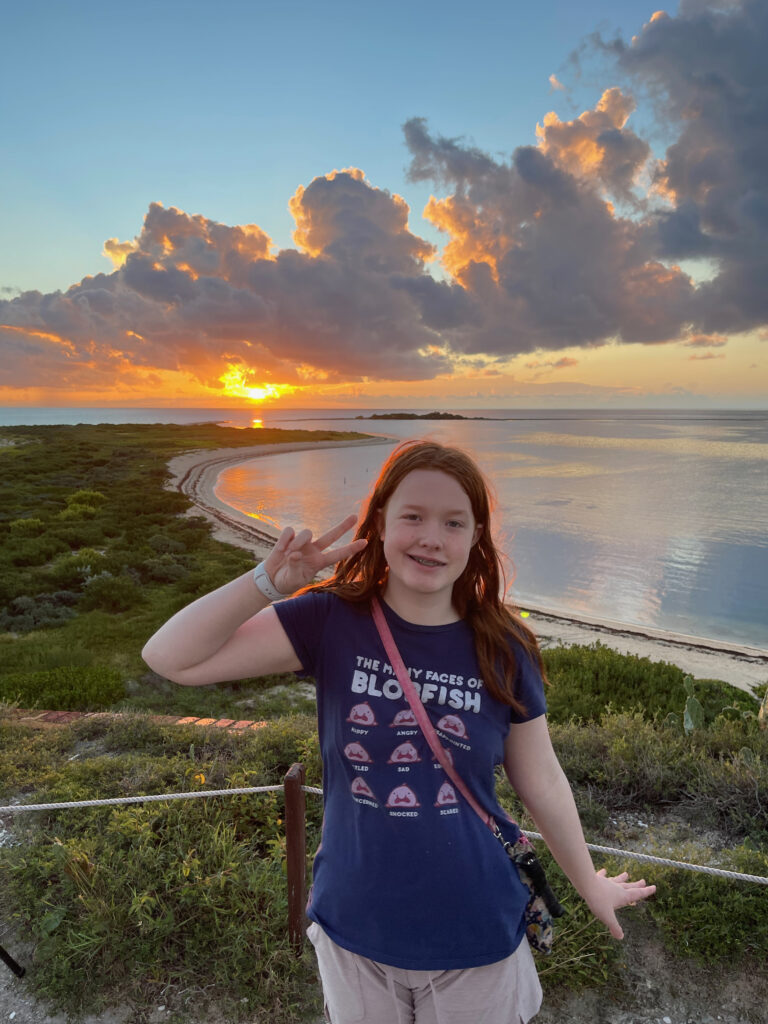
In October, we embarked on an exciting journey to our 37th National Park, this time accompanied by my wife. We traveled from Boston to Miami, then on to Key West. After spending a vibrant night in town, we boarded a 68-mile boat ride to Dry Tortugas National Park.
Dry Tortugas promised to be one of the more challenging parks to visit among the lower 48 states—and it didn’t disappoint. The park spans 74 square miles, but remarkably, only 1 square mile is dry land, distributed across seven different keys. The remaining 73 square miles are submerged beneath the Gulf of Mexico, forming a spectacular underwater realm.
The park is celebrated not only for its breathtaking natural beauty but also for its rich biodiversity. It serves as a crucial breeding ground for several tropical bird species and boasts the most pristine coral reefs in the Florida Keys. Divers delight in exploring numerous shipwrecks scattered across the park, with lingering rumors of hidden treasures enhancing the allure of these underwater adventures.
On Garden Key, the largest of the keys, stands the monumental Fort Jefferson. This colossal, yet unfinished, coastal fortress is the largest masonry structure in the Americas, constructed from over 16 million bricks. Covering 16 acres, only two other forts in the United States surpass its size. Originally intended as a formidable defense structure, its strategic importance is underscored by its massive size and intricate design.
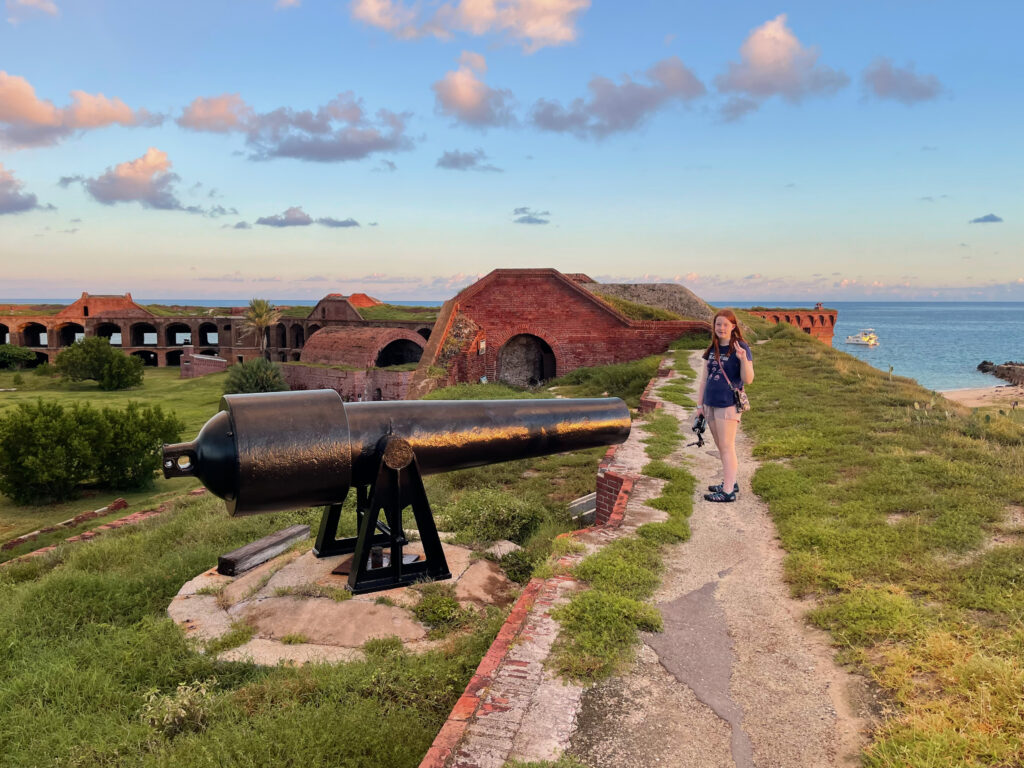
The idea of constructing a fort at Dry Tortugas was initially dismissed in 1825 due to the challenging conditions, leading to the erection of a lighthouse instead. However, by 1829, plans for the fort were swiftly drawn up, recognizing its strategic importance nearly 70 miles from the mainland. Constructing such a massive fort in this remote location was an immense challenge, involving the transportation of millions of bricks and the use of harvested coral as a form of crude cement.
Fort Jefferson features two-tiered casemates arranged in a hexagonal pattern, complete with curtain walls and corner bastions for strategic defense. Each tier could support 150 guns, with another 150 positioned atop the fort, all protected within the fort’s thick walls.
The scarcity of fresh water led to the aptly named “Dry” in Dry Tortugas. Initial attempts to collect and filter rainwater were unsuccessful, prompting the installation of steam condensers capable of distilling up to 7,000 gallons of seawater daily.

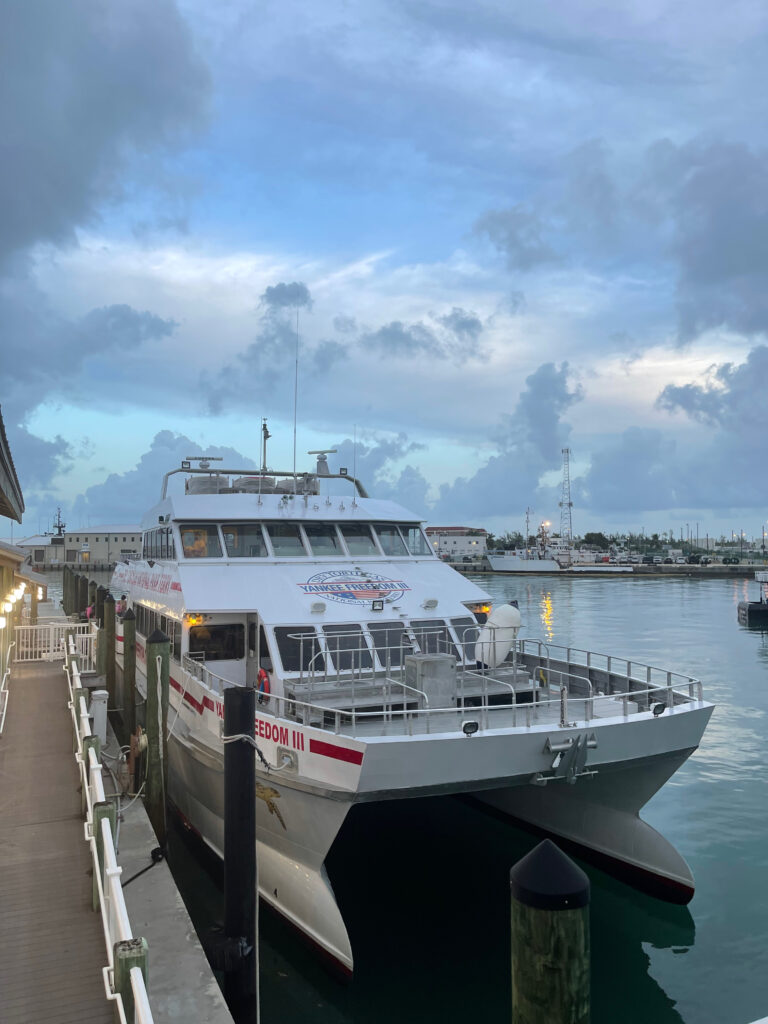
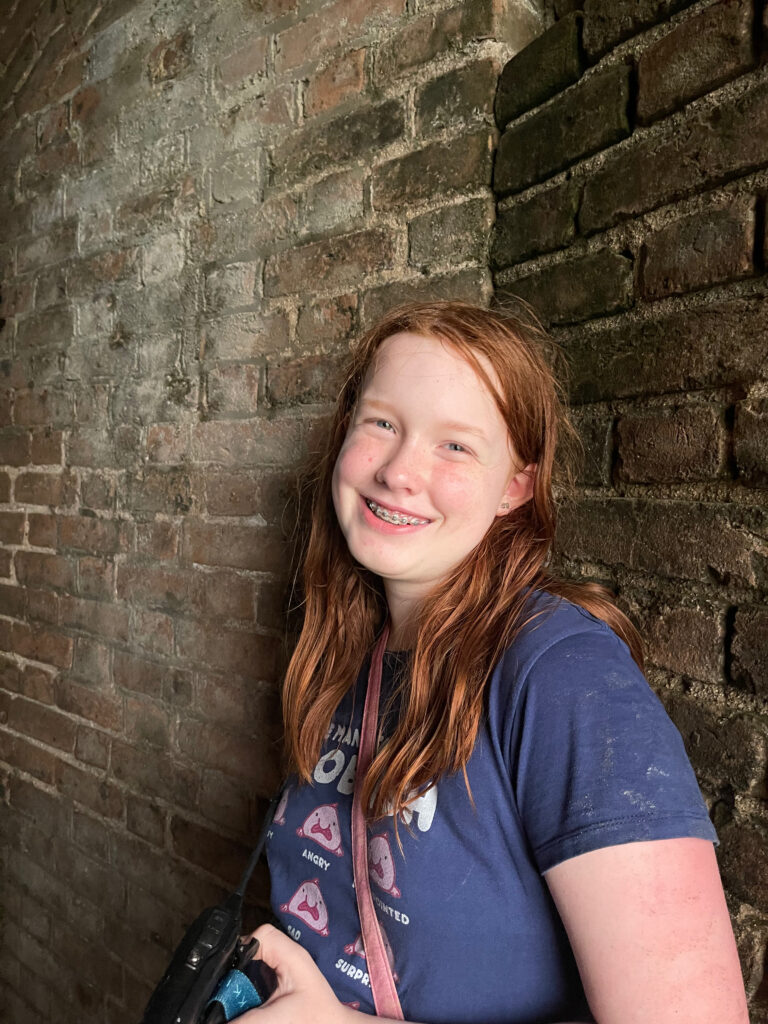
Despite never being completed, Fort Jefferson played a crucial role in various significant historical events. Pre-Civil War, it helped secure vital Gulf shipping lanes. During the Civil War, it was pivotal in the Union’s blockade strategy, thwarting French support to the Confederates. It also served as a prison where court-martialed soldiers were sent for hard labor. Post-war, it detained conspirators involved in President Lincoln’s assassination and later aided in managing a yellow fever outbreak. After brief use during the Spanish-American War, it was abandoned by the Navy following hurricane damage, until its designation as a National Monument by President Roosevelt in 1935.
Visiting Dry Tortugas is an adventure in itself, accessible only from Key West. Our journey there began with a flight to Miami, followed by a scenic drive to Key West, where we immersed ourselves in the local culture. The next morning, we boarded the Yankee Freedom Ferry, the only official transport to the park. The ferry ride was comfortable, offering meals and beverages, and upon arrival, we were greeted by park rangers who assisted us with camping arrangements.
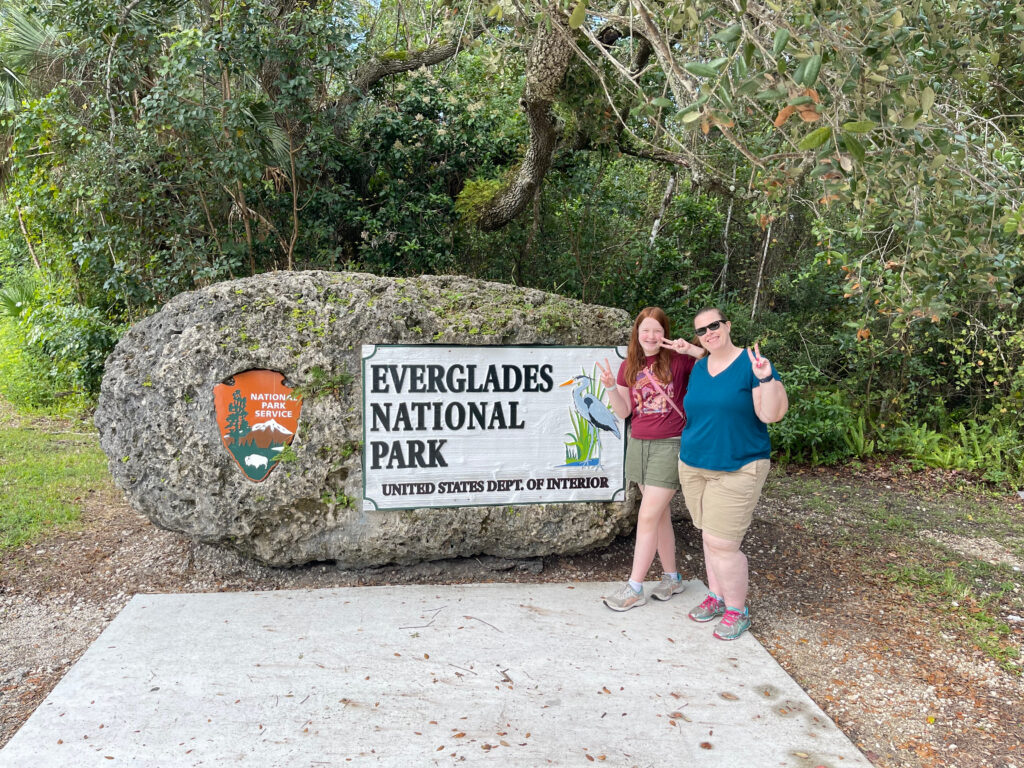


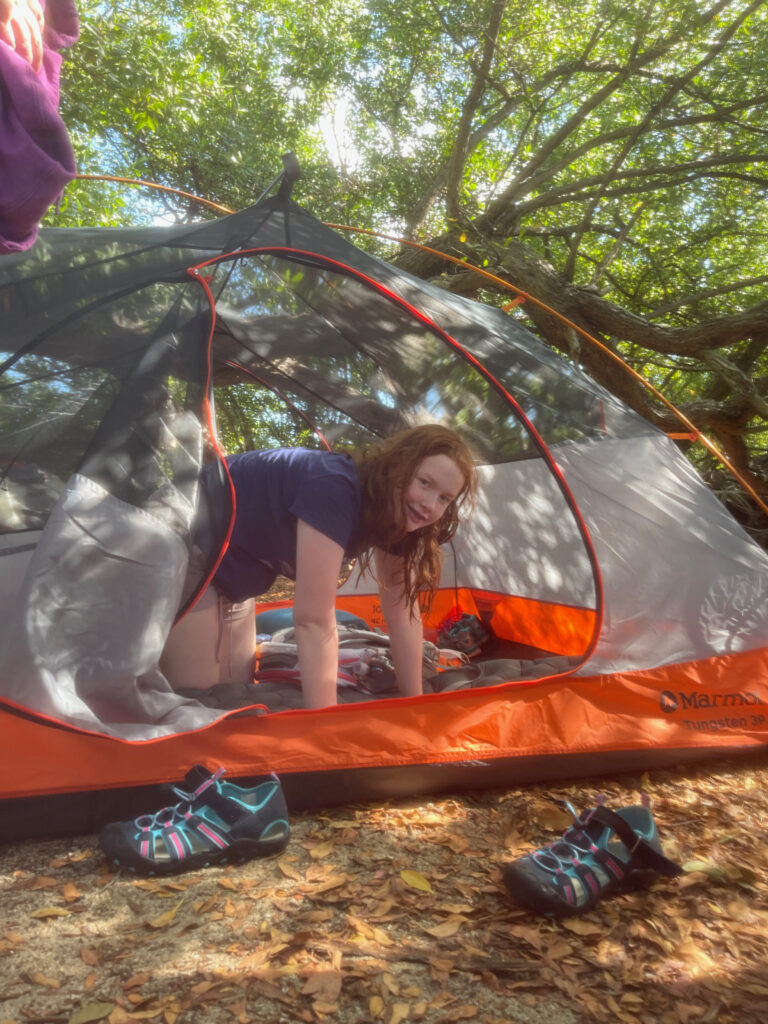
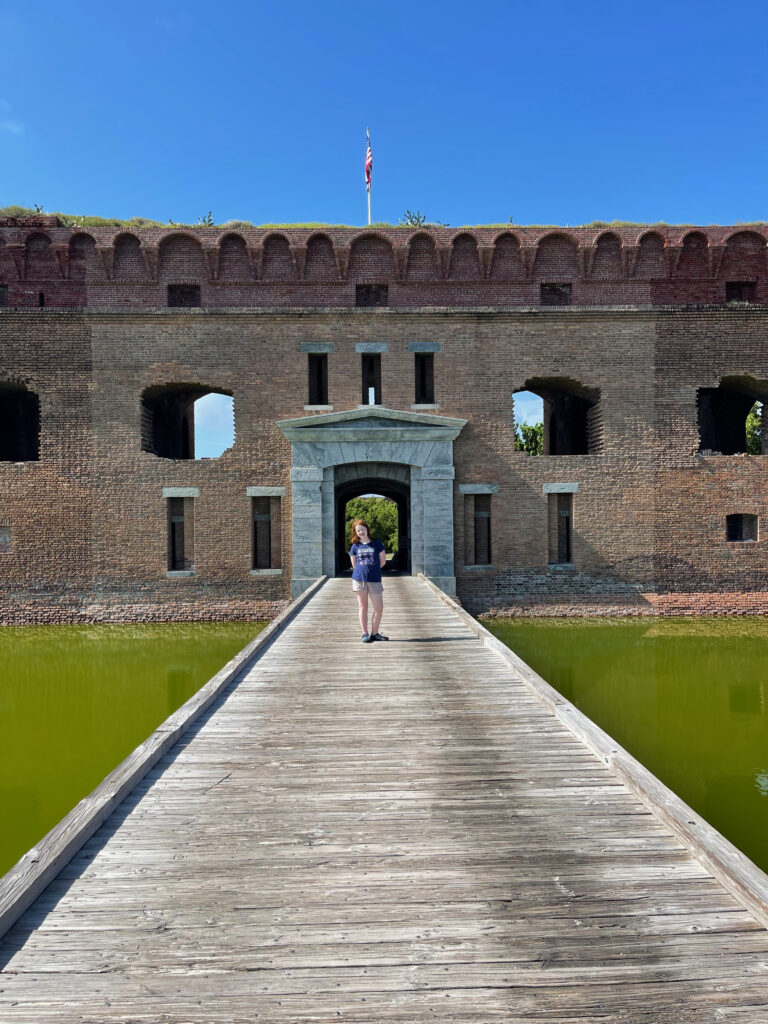
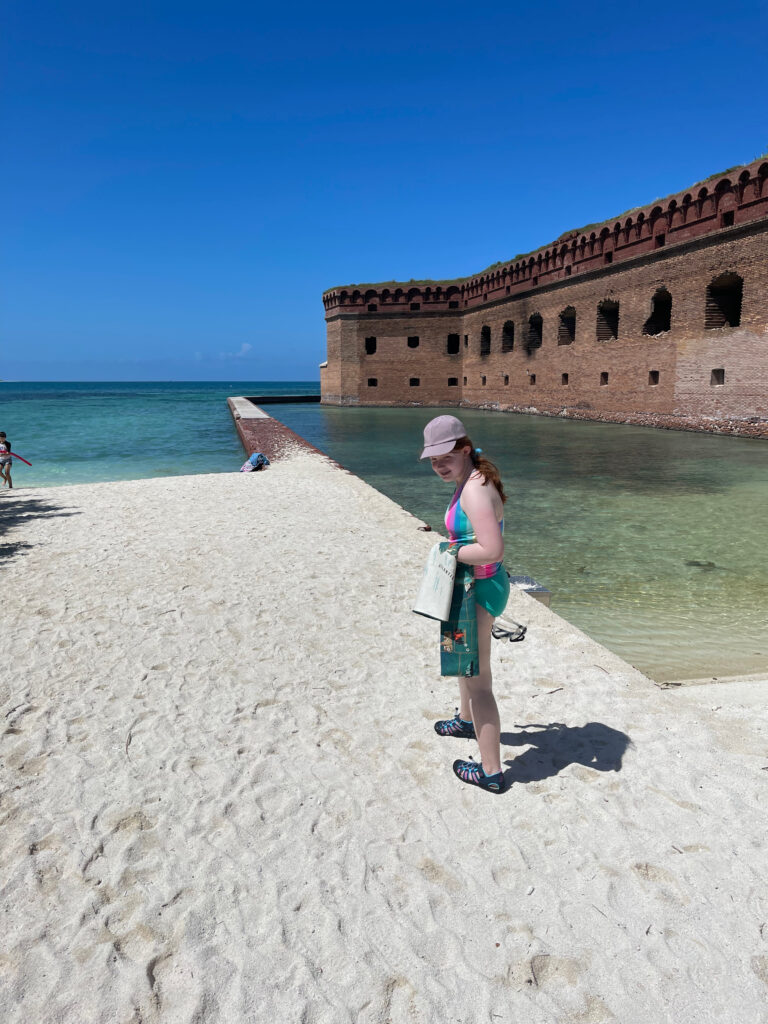
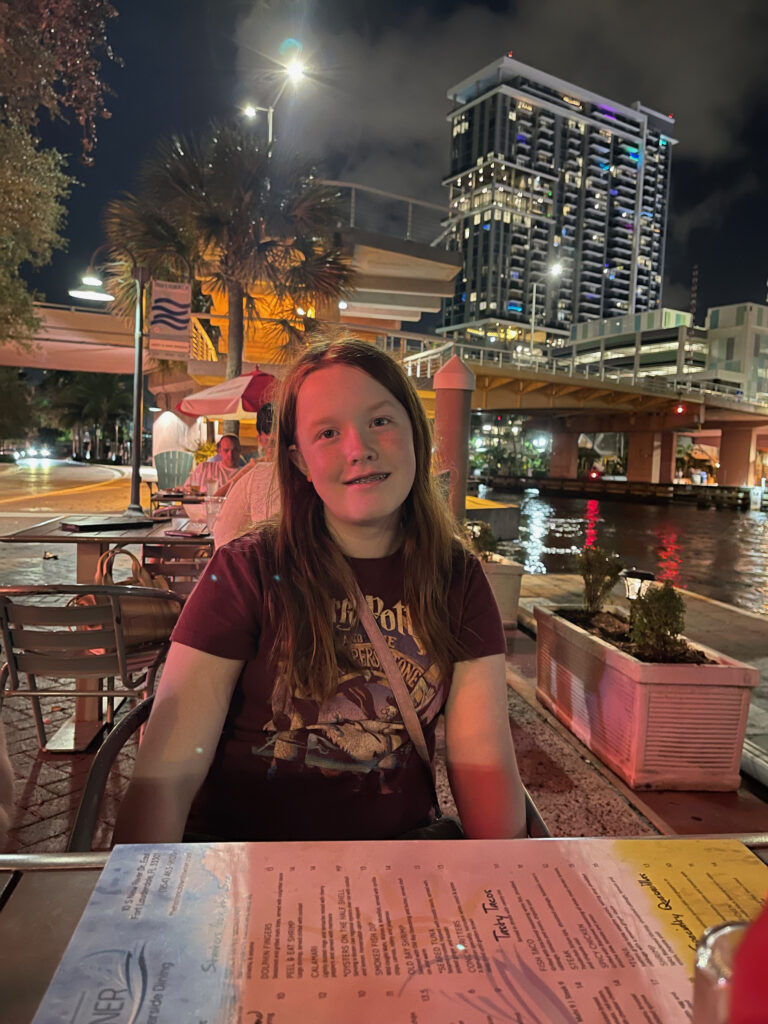

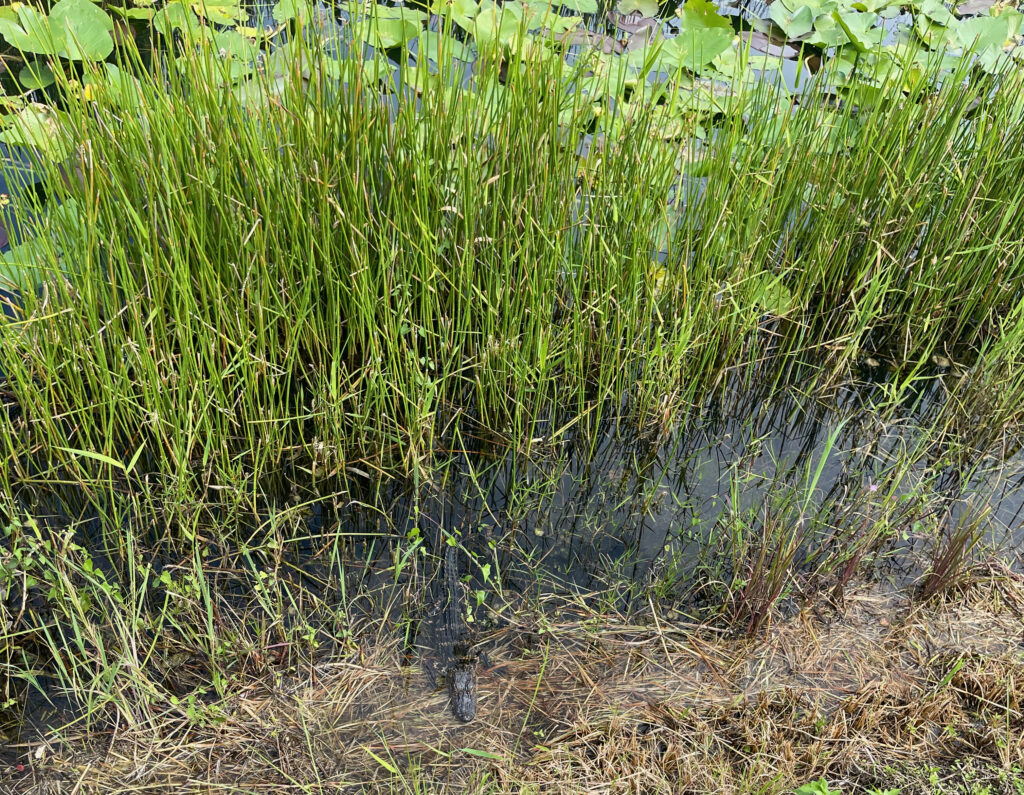
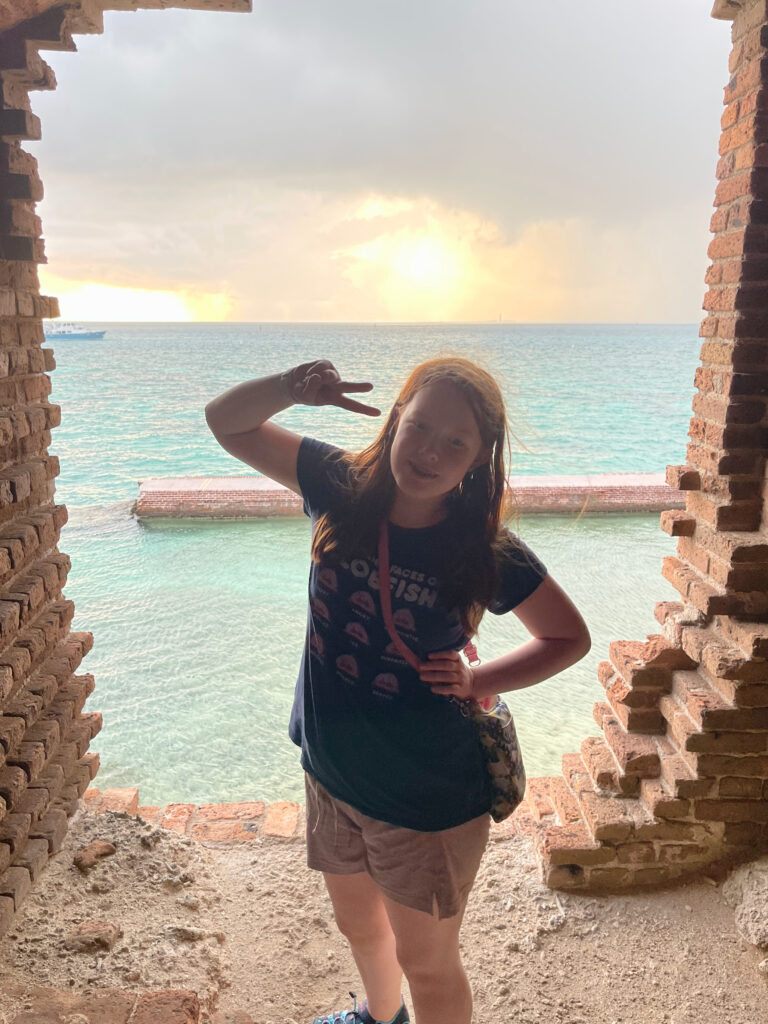
Our time on the island was magical, from setting up camp to snorkeling in the crystalline waters. The solitude after the ferry’s departure made it feel as though we owned the island. However, an unexpected rainstorm that evening tested our preparedness, soaking much of our gear.
Our return to Key West was premature, but we seized the opportunity to explore the Everglades, where Cat experienced the thrill of seeing her first baby alligator. Our trip concluded with a memorable sunset in Miami and a relaxing dinner in Fort Lauderdale.
While Dry Tortugas may not have been everyone’s favorite park due to its remote and challenging nature, it left us with valuable lessons and unforgettable memories.
